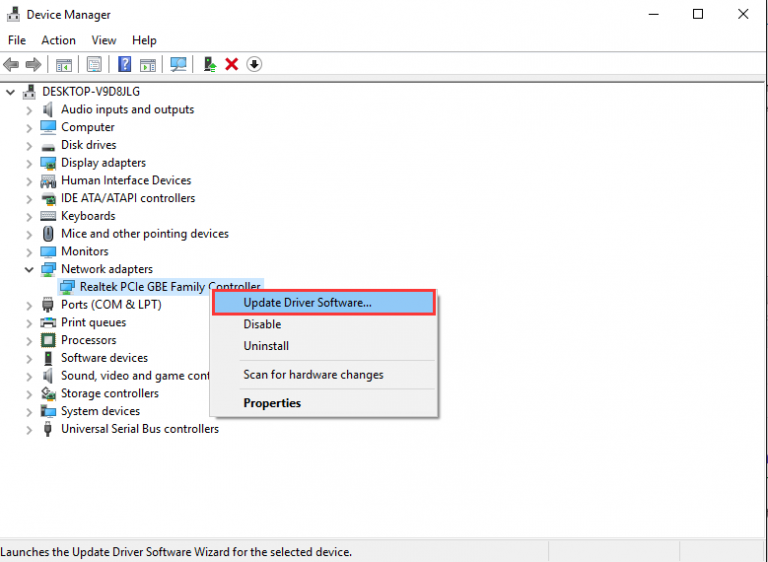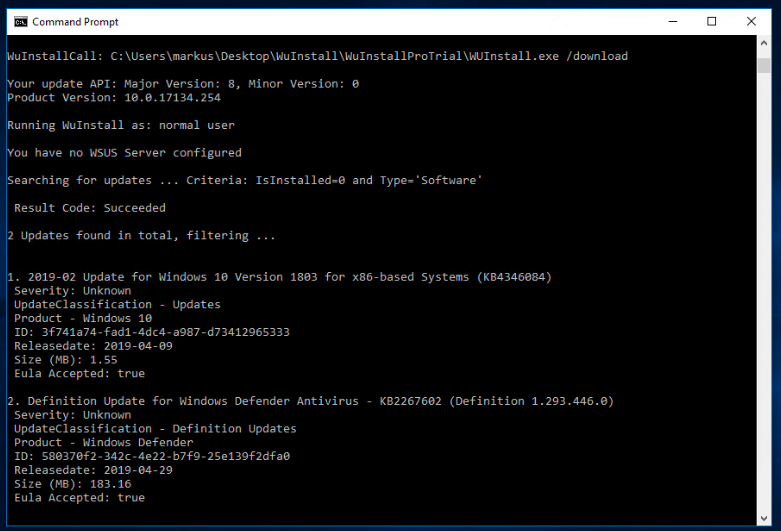

To perform an in-place upgrade and preserve your license, you have three choices: If you perform a clean install initially, you wipe out all evidence of the “genuine” Win7 or Win8.1 installation, and your life will become considerably more complicated. The trick is to do an in-place upgrade first. Microsoft explains the nuances on its Activation in Windows 10 page. You don’t have a Win10 key, there’s nothing to write down, no hoops you have to jump through.

Once your machine has a digital entitlement, you can install or reinstall Windows 10 any number of ways, and Microsoft will always remember that your machine is authorized for a genuine copy of Windows 10. Microsoft calls that a “digital entitlement.” As part of the in-place upgrade, Microsoft confirms that you have a genuine Win7 or Win8.1 key and, if so, stores a record of your machine and the fact that your machine now has a “genuine” copy of Win10. Here’s how activation goes for free Win10 upgraders: When you upgrade a “genuine” Windows 7 or 8.1 system to Windows 10, if you want to end up with a “genuine” copy of Windows 10, you have to do an in-place upgrade first. There’s a trick to activating your free Windows 10 upgrade-a trick that Microsoft didn’t bother explaining until a month after it released the final version of Windows 10 on July 29. There are full instructions on the Installing Windows 10 using the media creation tool page. Specifically, you must first upgrade the PC instead of performing a clean install, to make sure your old Windows 7 or 8.1 license is recognized as a valid license for the free Windows 10 upgrade. See the Download Windows 10 page for details, but be very aware of the fact that your “genuine” license is dependent on running the upgrade sequence correctly. If you continue to have the same problem, Microsoft’s best advice is to use the Windows 10 media creation tool to create a USB drive (or DVD). If you’re working with any Enterprise version of Windows 7 or 8.1, the upgrade isn’t free-it’s dependent on your Software Assurance license terms. If you started with Win7 Pro or Ultimate, or Win8.1 Pro or Pro for Students, you should install Windows 10 Pro.

If you started with Windows 7 Starter, Home Basic, or Home Premium, or Windows 8.1 (standard, usually called Home), you should install Windows 10 Home. Second, make sure you have the right upgrade: 32-bit for 32-bit machines, 64-bit for most. If possible, consider turning off Wi-Fi and plugging into a router with a LAN cable (that worked for me). Yank that external hard drive, disconnect peripherals that aren’t absolutely necessary, including extra monitors, smart card readers, weird keyboards, whatever. Installer hangs for hours or reboots continuouslyįirst, make sure you’ve disconnected any nonessential hardware: Unplug all hard drives other than the C: drive.


 0 kommentar(er)
0 kommentar(er)
